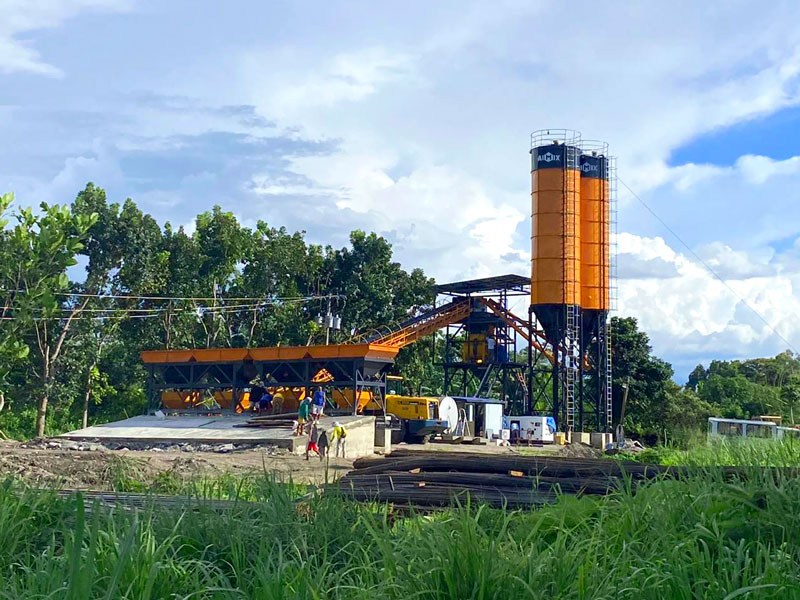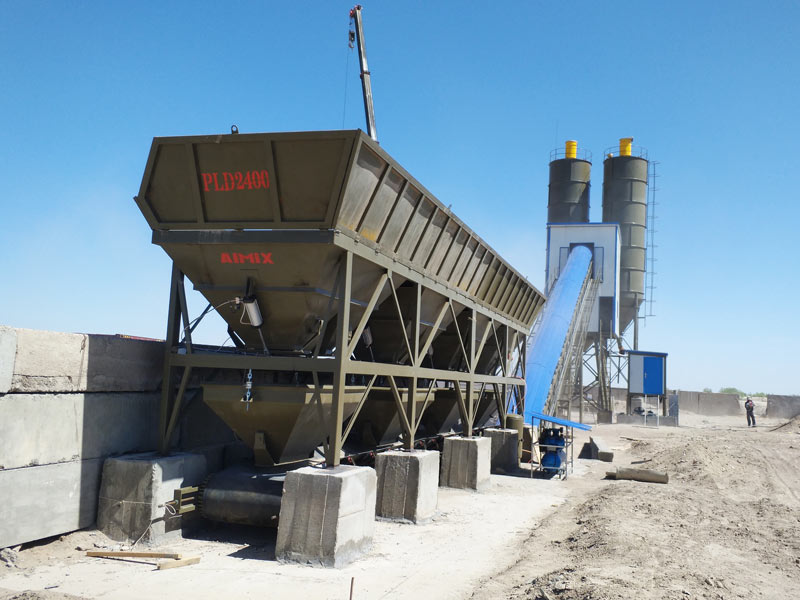If you have a construction project, then you might be considering the belt conveyor batching plant. This is basically a huge facility that allows for the processing of large amounts of concrete. With a big construction company or project on the horizon, it can be a great way to save a lot of money by producing your own concrete on a consistent manner. However, as with anything in this world, this machinery comes with its fair share of pros and cons, all worth considering to ensure you make the right decision. This read will focus solely on the benefits and downsides of the belt conveyor concrete mixing plant.

Buy A Large-Capacity Mixer
The first is the need to buy a large-capacity mixer. This equipment allows for larger quantities to be produced, eliminating the need for a small delivery. However, there are still some issues with the smaller batch sizes, such as the cost of the empty router, which can hold up to seven or eight cubic meters of concrete.
Lower The Production Capacity
The second is the low production capacity. With a smaller batch size, the belt type concrete batching plant for sale is often inefficient for large-scale applications. Its low production capacity makes it difficult for large-scale construction projects, and it is less reliable than a bucket-type system. But the low maintenance costs of this equipment make it the preferred option for many construction projects.

High Production Efficiency
The biggest advantage of a belt conveyor batching plant is its huge capacity and high production efficiency. It is easier to maintain compared to bucket-type plants. A closed-belt conveyor effectively prevents materials from falling off the belt, reducing the need for constant adjustments. The only downside, however, is that the belt is more difficult to adjust to the proper tightening condition.
Another downside of the belt feeding concrete batching plant is that it requires a lot of space. For this reason, a belt conveyor stationary concrete batch plant is not a good or rather practical choice for small to medium projects. for such projects, bucket-type batching plants are preferable, even though they have low production capacities. However, they are not ideal for large projects and tend to be less reliable compared to the belt feeding concrete batching plants.
Suitable For Commercial Applications
Another advantage of a belt conveyor batching plant is its ability to produce large batches. This machine is most suitable for commercial applications where a large quantity of concrete is required. Because of its massive capacity, a belt-conveyor-type batching plant is an excellent choice for commercial applications. But it is important to consider the factors that determine whether it is the right choice for your business.
The Belt Conveyor Concrete Batching Plant is a great investment for any business. It is an efficient, compact, and energy-efficient solution for commercial applications. It is a powerful machine and is used in various applications. Its advantages and disadvantages depend on the use of the ready-mix concrete batching plant conveyor belt, but overall, it is a great choice for commercial applications. With its large capacity and high production efficiency, a belt conveyor is the best choice for high-rise buildings.
And there you have it, important pros and cons to consider in order to make an informed decision when investing in a belt conveyor batching plant.